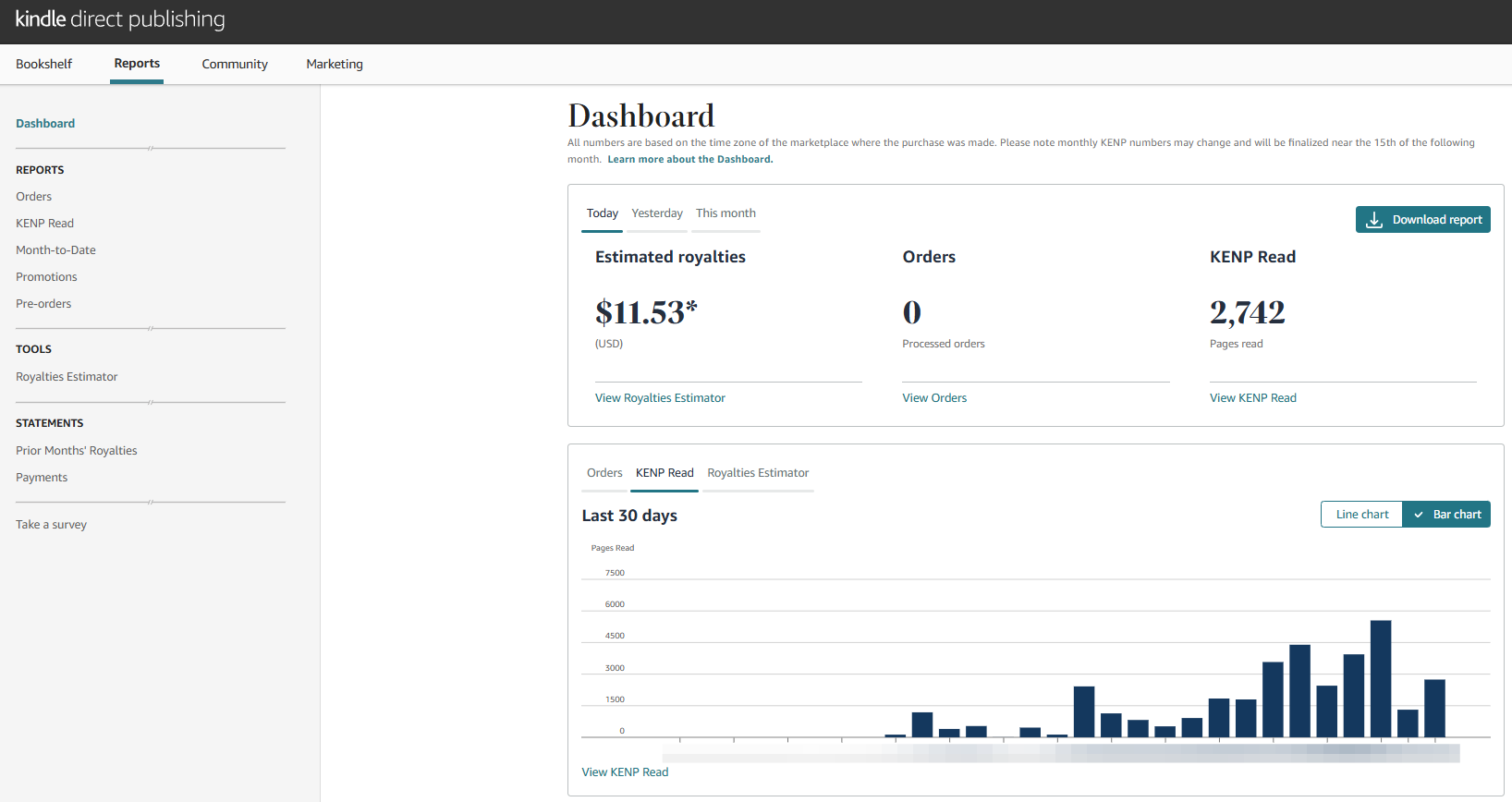Promo as Fieldwork: Testing the Waters with Red Feather Romance

This past week, I trialed my first paid book promotion through Red Feather Romance. While most promo sites require steep discounts (typically pricing the book at $0.99 or even free), Red Feather’s threshold is more flexible—any price under $5 qualifies. I kept my book at full price ($4.99), curious to see what kind of traction a "full price" promo might generate. I wasn’t expecting big results. This was more a test run than any kind of strategy.
I wanted a baseline understanding of what book promos do before my second book launches—because when that week comes next month, I’ll be layering in multiple promo strategies. By setting up the pre-order for Book 2 before the Red Feather promo, I hoped to catch any readers interested enough to immediately invest in both books.
Visibility as a Precursor to Fandom
From a fandom-building perspective, promotion is about visibility. Readers can’t become fans of a book they’ve never heard of, and they certainly can’t become part of a fandom ecosystem without first encountering—and hopefully enjoying—the text itself. This promo served as a kind of way to get some data on where my readers are at. I am always watching for patterns: How do readers discover books? What signals lead to a purchase or a Kindle Unlimited borrow? How do visibility spikes shape the early traces of an audience?
The numbers were modest but encouraging. On the first day of the promo, I received 6 paid orders, 5 pre-orders (so I am glad I put that Book 2 up!), and 4,395 page reads—my highest royalty day yet. Before the promo, I was averaging about 1,399 KENP page reads daily (KENP = Kindle Edition Normalized Pages, Amazon’s way of tracking how much of a book is read by Kindle Unlimited subscribers). In the week following the promo, that average jumped to 3,399 KENP per day. This metric matters: in Kindle Unlimited, authors are paid not per borrow, but per page read. More importantly for my purposes, those page reads signal reader engagement. Someone’s reading the book. Possibly even finishing it.
For some insight, this is what the reporting function looks like for author's in Amazon:

You don't get a ton of details. There's a dashboard for quick overview of current royalties, orders, and page reads. There's some graphs to visualize these things. You can get a more detailed breakdown in some of the subsections including: Orders, KENP Read, Month-to-Date, Promotions, Pre-orders, and the Royalties Estimator. However, you don't get much of a demographic breakdown (country of sale and what version they bought/borrowed). I've honestly been getting a lot more information from my Instagram and Amazon ads than I have from this dashboard.
The Kindle Store rankings also shifted: I peaked at #36,420 the day after the promo and have remained within the top 100k since. I also almost broke into the top 1k rank in two of my book's categories. Goodreads stats followed suit with a modest uptick in “currently reading” and “want to read” tags.
Also, perhaps most importantly, my book got its first written review on Amazon. While I've gotten a few star ratings on Amazon and GoodReads, I hadn't had any actual review yet. I suspect these are somewhat important in order to grow a more social experience around the book, but don't really have insight into how to garner more of these. I'll work on that going forward. It was very sweet to have a nice 5-star review and an explanation of how the reader felt.
Why These Numbers Matter (and Why They Don’t)
On paper, it feels like right now I’m chasing sales and stats. But in practice, I’m tracking reader behavior—which is foundational for building any kind of community. In romance fandom especially, word-of-mouth, enthusiastic recommendations, and a growing social circle of engaged readers can snowball. But first: someone has to read the book.
So yes, I’m watching the numbers closely right now. Not because I’m fixated on sales for their own sake, but because they offer an early indicator: is the story finding its people?
Next week, I’ll dive into the social media side of this equation—how I’ve been experimenting with posts, engagement strategies, and persona shaping. For now, this Red Feather experiment gave me a foothold—a glimpse of the terrain I’m navigating as I work toward fandom, not just readership.
Member discussion